Home>Articles>How To Know If A Power Strip Is A Surge Protector
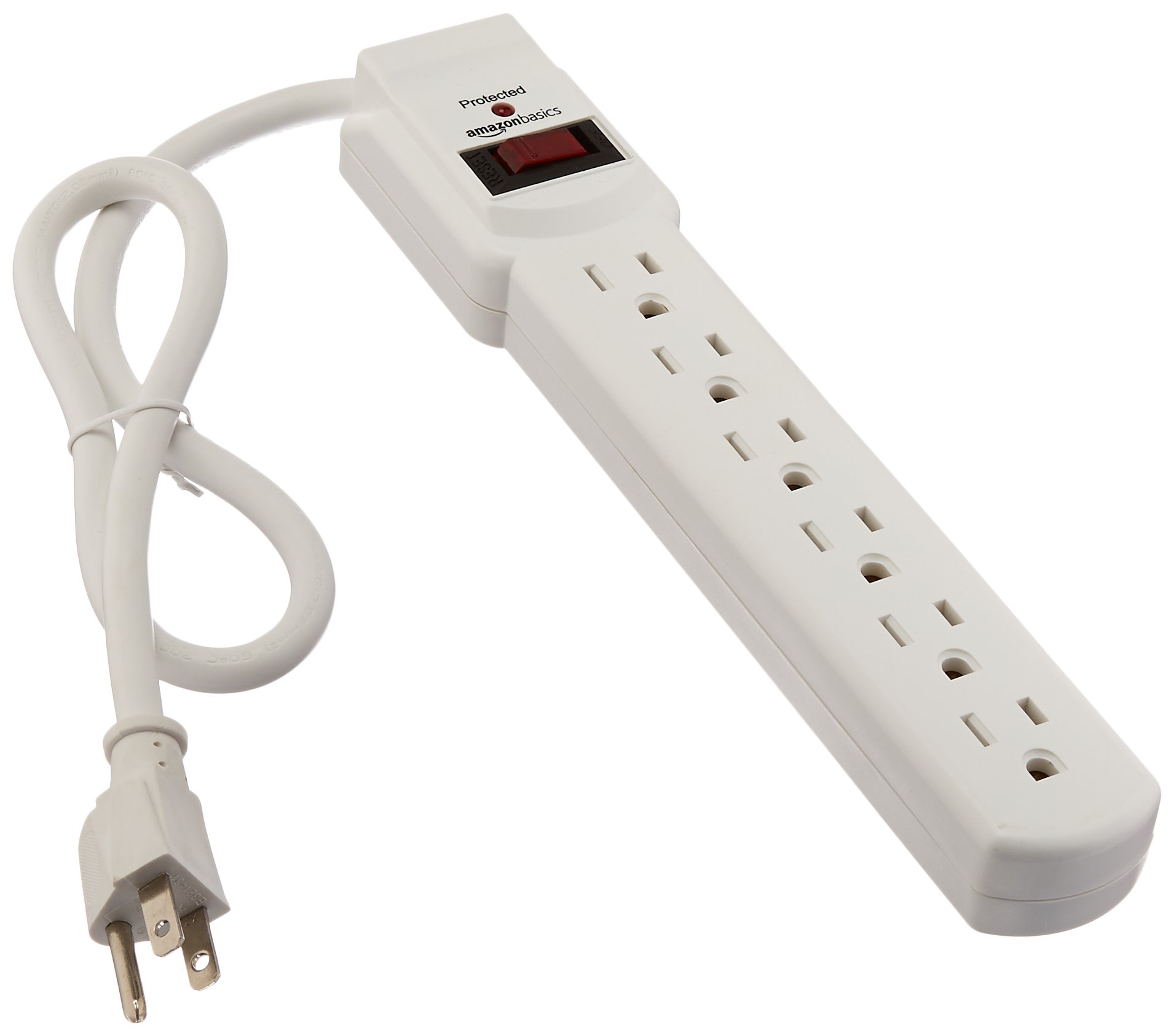

Articles
How To Know If A Power Strip Is A Surge Protector
Modified: October 22, 2024
Learn how to determine if a power strip is a surge protector with our informative articles. Ensure your devices are protected from power surges.
(Many of the links in this article redirect to a specific reviewed product. Your purchase of these products through affiliate links helps to generate commission for Storables.com, at no extra cost. Learn more)
Introduction
Power strips and surge protectors are essential devices in our homes and offices. They provide us with the convenience of multiple outlets and protect our valuable electronics from damaging power surges. However, many people use these terms interchangeably, not realizing that they serve different purposes.
In this article, we will delve into the world of power strips and surge protectors to understand the key differences between them. We will explore how to identify if a power strip is also a surge protector, as well as the importance of surge protection ratings and other features to consider when choosing the right surge protector for your needs.
By the end of this article, you will have a clearer understanding of power strips and surge protectors, enabling you to make informed decisions when it comes to protecting your valuable electronics from power surges.
Key Takeaways:
- Surge protectors offer crucial protection against power surges, diverting excess voltage to safeguard electronic devices. Look for specific signs and ratings to identify surge protectors and ensure optimal protection for your valuable electronics.
- When choosing a surge protector, consider features like USB ports, data line protection, and a fireproof casing for enhanced convenience and safety. Periodically replace surge protectors, adhere to usage guidelines, and prioritize the safety of your electronic devices.
Read more: How Do You Know If A Surge Protector Is Bad
Understanding Power Strips and Surge Protectors
Before we dive into the differences between power strips and surge protectors, let’s first understand what each of these devices is and what they do.
A power strip, also known as an extension strip or power bar, is a device that provides multiple outlets from a single power source. It allows you to plug in multiple electronic devices at once, especially in areas where there are limited wall outlets. Power strips are commonly used in homes, offices, and entertainment centers to power devices such as computers, televisions, chargers, and lamps.
On the other hand, a surge protector is a device that not only offers multiple outlets but also protects connected devices from voltage spikes or power surges. Power surges occur when there is a sudden increase in electrical current, which can happen due to lightning strikes, faulty wiring, or power grid fluctuations. These surges can damage or destroy electronic devices, leading to data loss or expensive repairs.
The main difference between a power strip and a surge protector lies in their ability to protect against power surges. While all surge protectors have power strip functionality, not all power strips offer surge protection. It’s crucial to understand this distinction because relying solely on a power strip without surge protection can leave your valuable electronics vulnerable to the damaging effects of voltage spikes.
Now that we have a basic understanding of power strips and surge protectors, let’s explore the key differences between them.
Key Differences Between Power Strips and Surge Protectors
While power strips and surge protectors may look similar on the outside, there are crucial differences between the two. Understanding these differences will help you determine if a power strip also functions as a surge protector. Here are the key distinctions:
- Function: A power strip’s primary function is to provide multiple outlets for plugging in electronic devices. It acts as an extension of the wall outlet, allowing you to connect multiple devices simultaneously. A surge protector, on the other hand, not only provides multiple outlets but also offers protection against power surges. It actively diverts excess voltage away from your electronic devices to prevent damage.
- Protection: Power strips without surge protection do not safeguard your devices from power surges. They only distribute electrical power to your devices without any built-in surge suppression capabilities. Surge protectors, on the other hand, contain internal components like metal oxide varistors (MOVs) or gas discharge tubes that divert excess voltage away from your electronics, effectively protecting them from power surges.
- Indicator Lights: Surge protectors often come equipped with indicator lights to provide visual feedback on the status of the device’s surge protection capabilities. These lights can indicate if the surge protector is grounded, if the surge protection is active, or if it needs to be replaced after absorbing a power surge. Power strips, on the other hand, typically do not have indicator lights related to surge protection since they do not offer this feature.
- Clamping Voltage: Surge protectors have a clamping voltage, which is the voltage level at which the surge protector will divert excess voltage to protect connected devices. A lower clamping voltage offers better protection as it diverts surges at a lower threshold. Power strips do not have a clamping voltage since they lack surge protection capabilities.
- Price: Power strips are generally cheaper than surge protectors since they lack the additional surge protection features. Surge protectors, due to their advanced circuitry and protective components, are typically more expensive but offer better protection for your electronics.
It’s important to note that not all power strips have surge protection, so it’s crucial to check the product specifications before making a purchase. Now that we understand the key differences between power strips and surge protectors, let’s explore how to identify a surge protector.
Signs to Look for When Identifying a Surge Protector
Identifying a surge protector can sometimes be confusing, especially when power strips and surge protectors look similar. However, there are a few signs you can look for to determine if a power strip also functions as a surge protector. Here are some key indicators:
- Surge Protection Label: Look for a label or marking on the power strip that explicitly states “surge protector,” “surge suppressor,” or “surge protection.” This indication assures you that the device offers surge protection in addition to multiple outlets.
- Surge Protection Warranty: Many surge protectors come with a warranty that covers any damage or loss caused by power surges. If you come across a power strip with a warranty specifically mentioning surge protection, it is likely also a surge protector.
- Surge Protector Brand: Certain brands specialize in manufacturing surge protectors and have built a reputation for reliable surge protection. Look for well-known brands like APC, Belkin, or Tripp Lite when choosing a power strip with surge protection.
- Clamping Voltage: If the power strip mentions a clamping voltage in the product specifications, it is likely a surge protector. The clamping voltage signifies the level at which the surge protector diverts excess voltage to protect connected devices.
- Additional Features: Surge protectors often come with additional features such as coaxial cable protection, phone line protection, or USB ports. If your power strip includes these features, it is likely a surge protector designed to protect various types of devices.
It is crucial to carefully inspect the product details, labels, and specifications while shopping for power strips to ensure you get the surge protection you need. Remember that not all power strips offer surge protection, so it’s essential to choose a surge protector if safeguarding against power surges is a priority for your electronic devices.
Now that we know how to identify surge protectors, let’s delve deeper and understand surge protection ratings and their significance.
Look for the UL seal or the words “surge protector” on the power strip. Surge protectors are usually labeled as such to indicate their ability to protect against power surges.
Reading the Label: Understanding Surge Protection Ratings
When shopping for a surge protector, it’s important to understand surge protection ratings as they indicate the device’s ability to handle power surges. Surge protection ratings are typically mentioned on the label or packaging of the surge protector. Here’s what you need to know:
1. Joule Rating: The joule rating refers to the energy absorption capacity of the surge protector. It represents the amount of surge energy the device can handle before it becomes ineffective. A higher joule rating indicates a stronger surge protector that can handle larger and more frequent power surges.
2. Response Time: The response time specifies how quickly the surge protector reacts to a power surge. It measures the time it takes for the device to divert excess voltage and protect connected devices. Look for a surge protector with a response time of less than one nanosecond for optimal protection.
3. Clamping Voltage: The clamping voltage, as mentioned earlier, is the voltage level at which the surge protector diverts excess voltage. A lower clamping voltage offers better protection because it means the surge protector will react to surges at a lower threshold, keeping your devices safe.
4. UL Listing: Look for the UL (Underwriters Laboratories) listing on the surge protector’s label. This certification ensures that the product has been tested and meets specific safety standards.
5. Number of Outlets: Consider the number of outlets that the surge protector provides. Ensure it has enough outlets to accommodate all of your devices. Some surge protectors also offer spaced out outlets to accommodate bulkier adapters.
By understanding these surge protection ratings, you can make an informed decision and select a surge protector that offers the level of protection you need for your valuable electronic equipment.
Now that we have covered surge protection ratings, let’s explore some additional features to consider when choosing a surge protector.
Read more: How To Reset Kasa Power Strip
Surge Protector Features to Consider
When selecting a surge protector, there are several additional features to consider that can enhance the functionality and protection of your devices. These features can provide added convenience and ensure optimal performance. Here are some key features to look for:
- Multiple Outlets: Choose a surge protector that offers an adequate number of outlets to accommodate all your devices. It’s beneficial to have extra outlets to avoid the need for additional power strips.
- USB Charging Ports: Look for surge protectors with built-in USB charging ports. These ports allow you to conveniently charge your smartphones, tablets, and other USB-powered devices without the need for separate adapters.
- Long Power Cord: Consider the length of the surge protector’s power cord. A longer cord provides flexibility in placing your devices while keeping them connected to the surge protector.
- Automatic Shutoff: Some surge protectors come with an automatic shutoff feature that cuts off power to connected devices in the event of a severe surge. This feature adds an extra layer of protection and prevents potential damage to your devices.
- Data Line Protection: If you have devices that are connected via telephone lines or coaxial cables, such as modems or televisions, opt for a surge protector that offers data line protection. This feature safeguards your equipment from power surges that can occur through these connections.
- Fireproof Casing: Look for surge protectors with a fireproof casing. This feature adds an extra level of safety as it helps prevent the spread of fire in the event of a power surge or electrical fault.
- Warranty: Consider the warranty provided with the surge protector. A reputable surge protector manufacturer typically backs their products with a warranty that covers any damage caused by power surges. Look for warranties that offer a sufficient duration to ensure long-term protection.
By considering these features, you can choose a surge protector that not only offers excellent surge protection but also provides convenient and reliable power distribution for all your devices.
Now that we have explored the important features to consider when selecting a surge protector, let’s address some frequently asked questions about surge protectors.
Frequently Asked Questions about Surge Protectors
Surge protectors play a vital role in safeguarding your electronic devices from power surges. However, it is common to have questions about surge protectors and their functionality. Here are some frequently asked questions to help provide clarity:
1. Can I plug a surge protector into another surge protector?
No, it is not recommended to plug one surge protector into another surge protector. Doing so can lead to overloading the electrical circuit and increase the risk of a power surge. Instead, use multiple surge protectors in different outlets or consider using a surge protector with a sufficient number of outlets to accommodate all your devices.
2. Do surge protectors protect against lightning strikes?
While surge protectors are designed to protect against power surges, they may not offer complete protection against lightning strikes. In the event of a severe lightning storm, it is advisable to unplug your devices from the surge protector and disconnect it from the power source as an extra precaution.
3. How often should I replace a surge protector?
Surge protectors have a limited lifespan and can degrade over time. It is recommended to replace them every 2 to 3 years, or if they have absorbed a significant power surge. Additionally, if you notice any physical damage to the surge protector, such as frayed cords or loose outlets, it is important to replace it immediately.
4. Can a surge protector be used with all types of electronic devices?
Yes, surge protectors can be used with a wide range of electronic devices, including computers, televisions, gaming consoles, printers, and more. However, it is essential to consider the power requirements of your devices and ensure that the surge protector can support the total power load. Check the surge protector’s wattage rating to verify its compatibility with your devices.
5. Can I use a surge protector with an uninterruptible power supply (UPS)?
Yes, surge protectors can be used in conjunction with a UPS. The surge protector offers surge protection capabilities while the UPS provides battery backup in case of a power outage. This combination ensures both surge protection and uninterrupted power supply for your devices.
6. Can I use a surge protector in wet or outdoor areas?
No, surge protectors are designed for indoor use only and should not be used in wet or outdoor areas. Water and moisture can damage the surge protector and compromise its protective capabilities. If you require surge protection for outdoor devices, look for surge protectors specifically designed for outdoor use.
These are just a few frequently asked questions about surge protectors. If you have any additional concerns or questions specific to your needs, it’s recommended to consult the surge protector’s manufacturer or a knowledgeable professional.
Now that we have addressed some common queries about surge protectors, let’s wrap up our discussion.
Conclusion
Power strips and surge protectors are essential devices in our homes and offices, providing convenience and protection for our valuable electronic devices. Understanding the differences between power strips and surge protectors is crucial to ensure optimal protection against power surges.
A power strip serves as an extension of the wall outlet, offering multiple outlets for plugging in devices. On the other hand, a surge protector not only provides multiple outlets but also offers protection against power surges, diverting excess voltage to safeguard connected devices.
When identifying a surge protector, look for specific signs such as labels indicating surge protection, surge protection warranties, and established surge protector brands. Additionally, consider surge protection ratings, including joule ratings, response time, and clamping voltage, to gauge the effectiveness of the surge protector.
Other features to consider when choosing a surge protector include the number of outlets, USB charging ports, a long power cord, automatic shutoff capabilities, data line protection, and a fireproof casing. These features enhance convenience and safety, providing reliable surge protection for a variety of devices.
Remember to periodically replace surge protectors, adhere to proper usage guidelines, and take precautions during severe lightning storms. Consider using surge protectors in conjunction with uninterruptible power supplies (UPS) for uninterrupted power supply and surge protection.
By understanding power strips and surge protectors, and making informed decisions when selecting surge protectors, you can effectively protect your electronic devices from power surges and prevent costly damage or data loss.
Whether it’s at home or in the office, prioritize the safety and longevity of your electronics by investing in high-quality surge protectors. Stay protected, stay connected.
Frequently Asked Questions about How To Know If A Power Strip Is A Surge Protector
Was this page helpful?
At Storables.com, we guarantee accurate and reliable information. Our content, validated by Expert Board Contributors, is crafted following stringent Editorial Policies. We're committed to providing you with well-researched, expert-backed insights for all your informational needs.
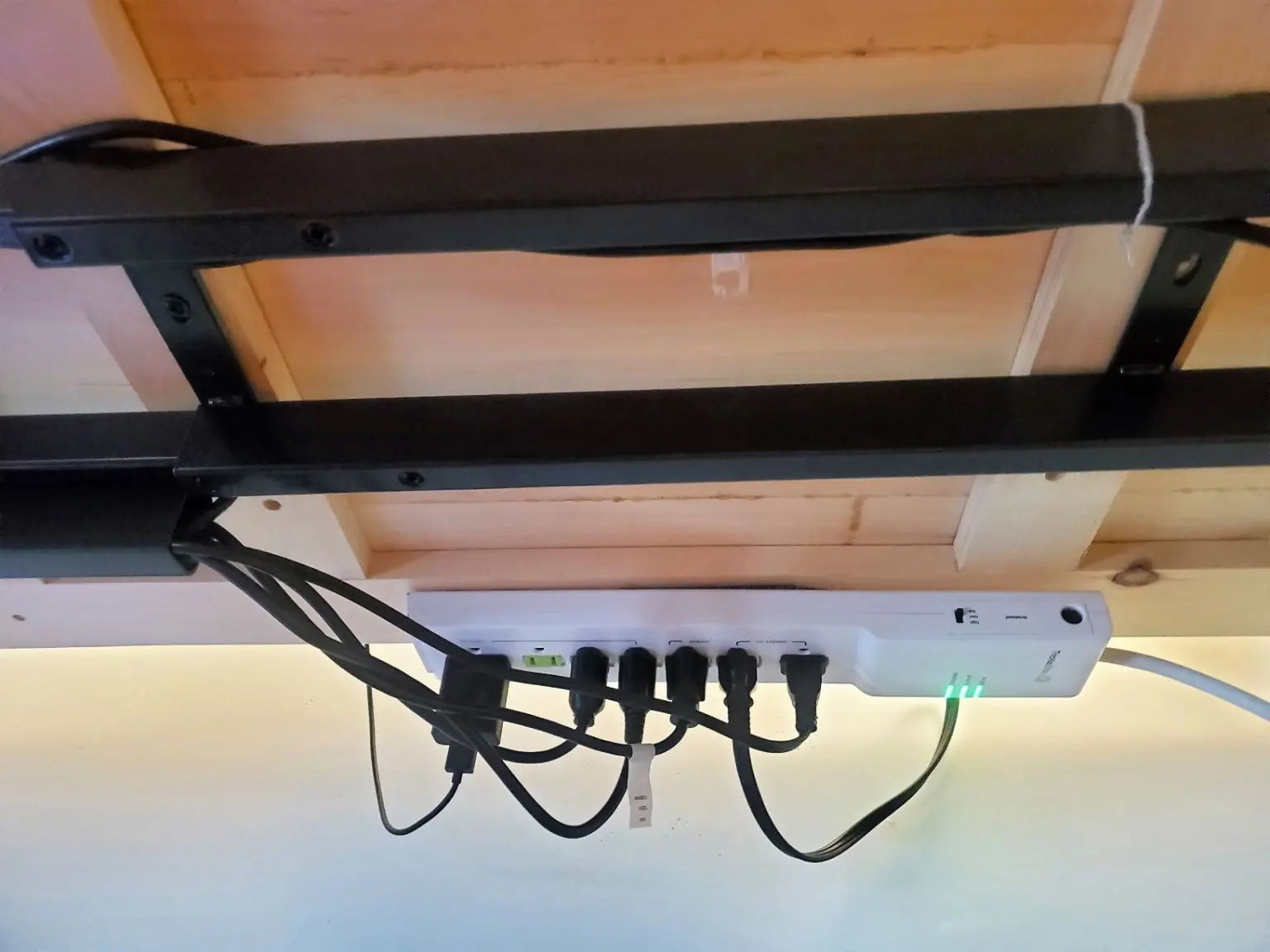
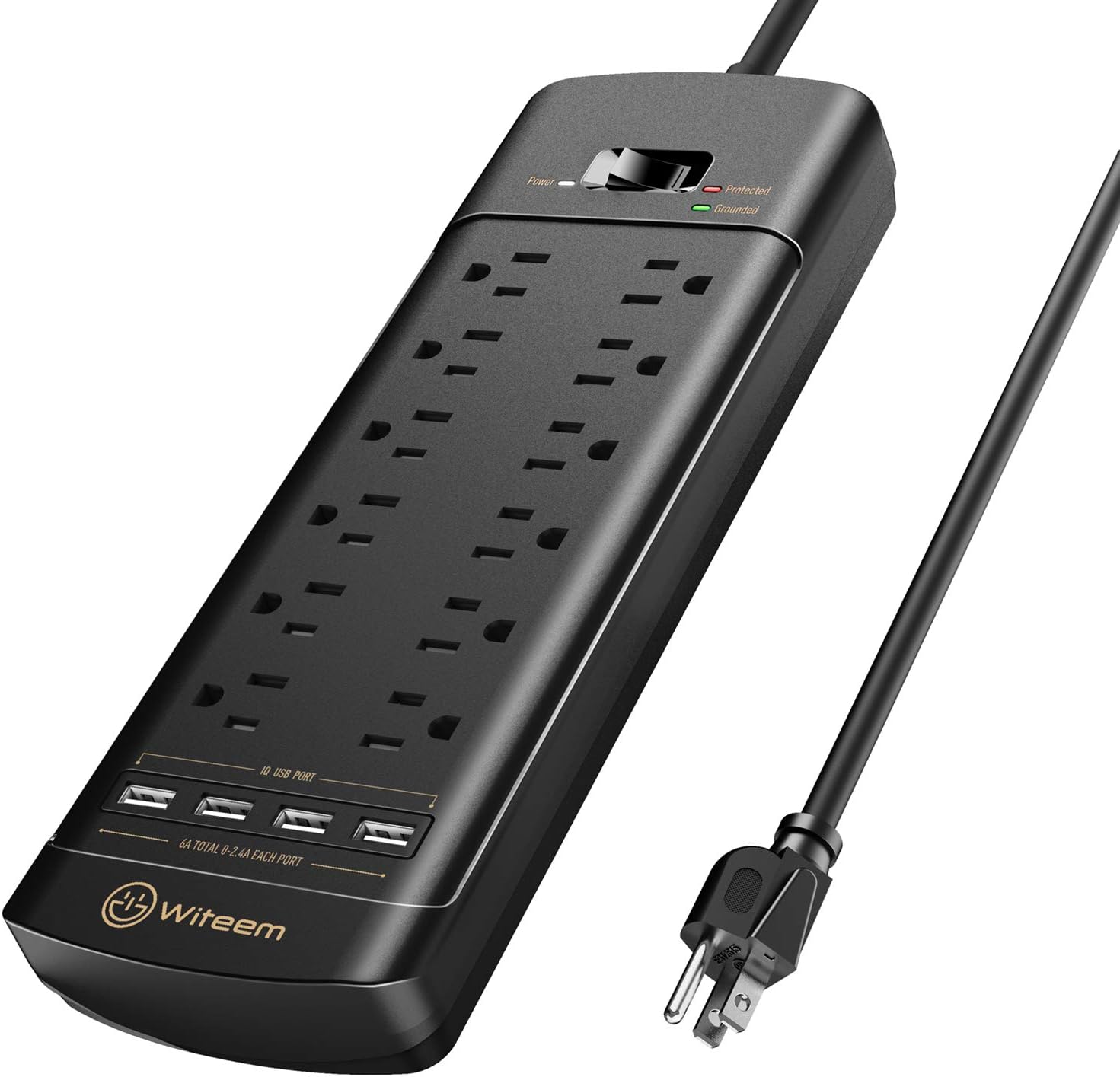
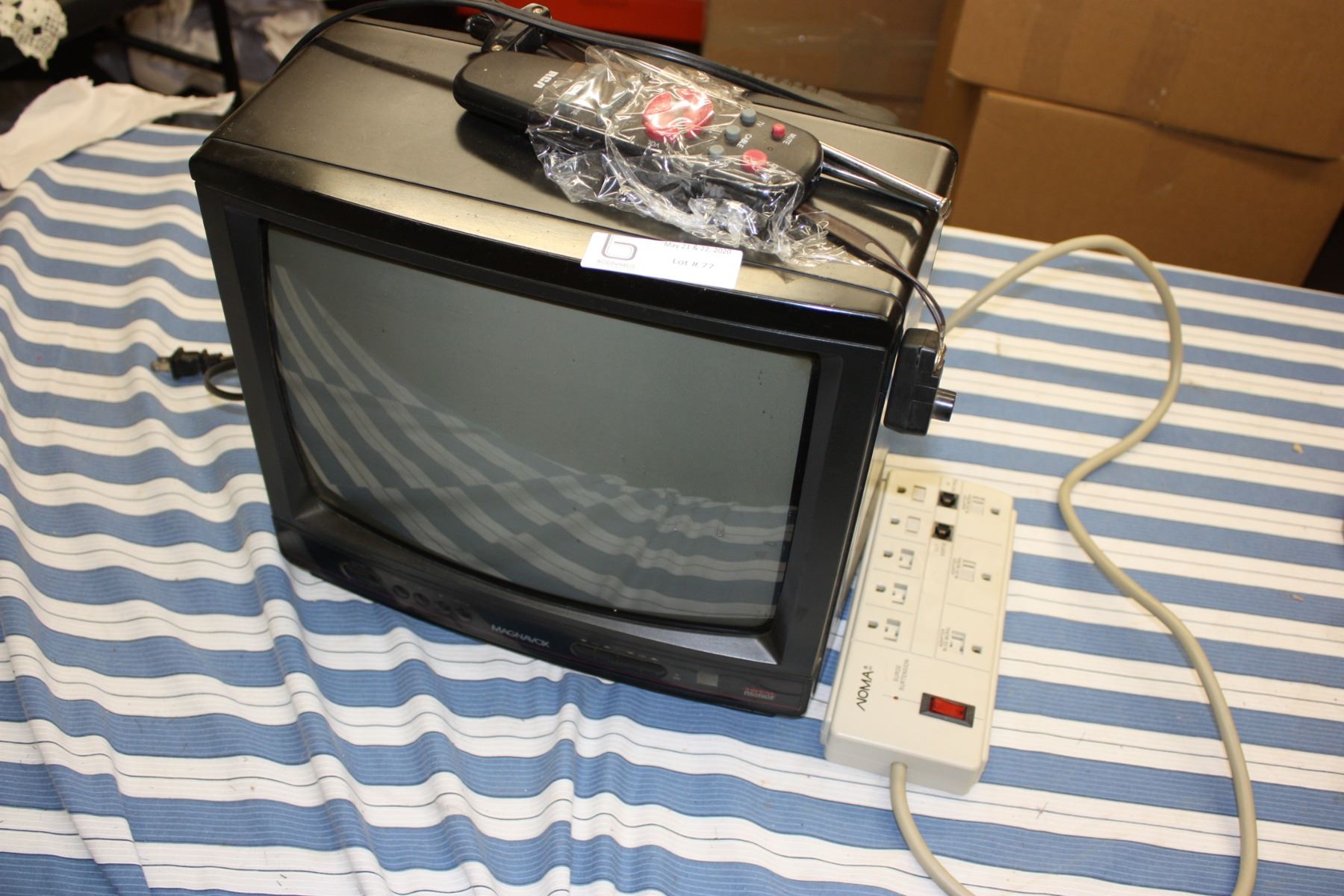
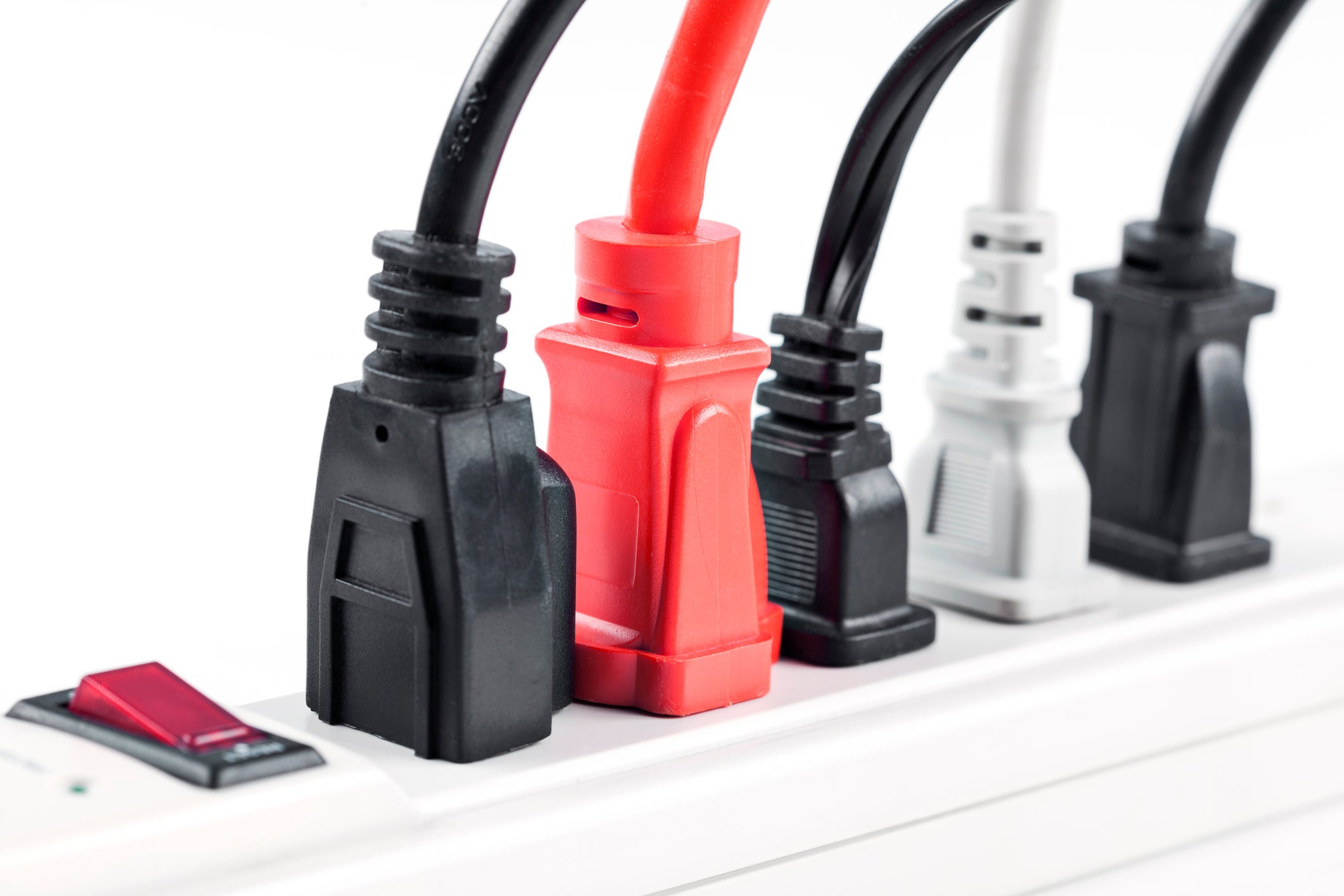
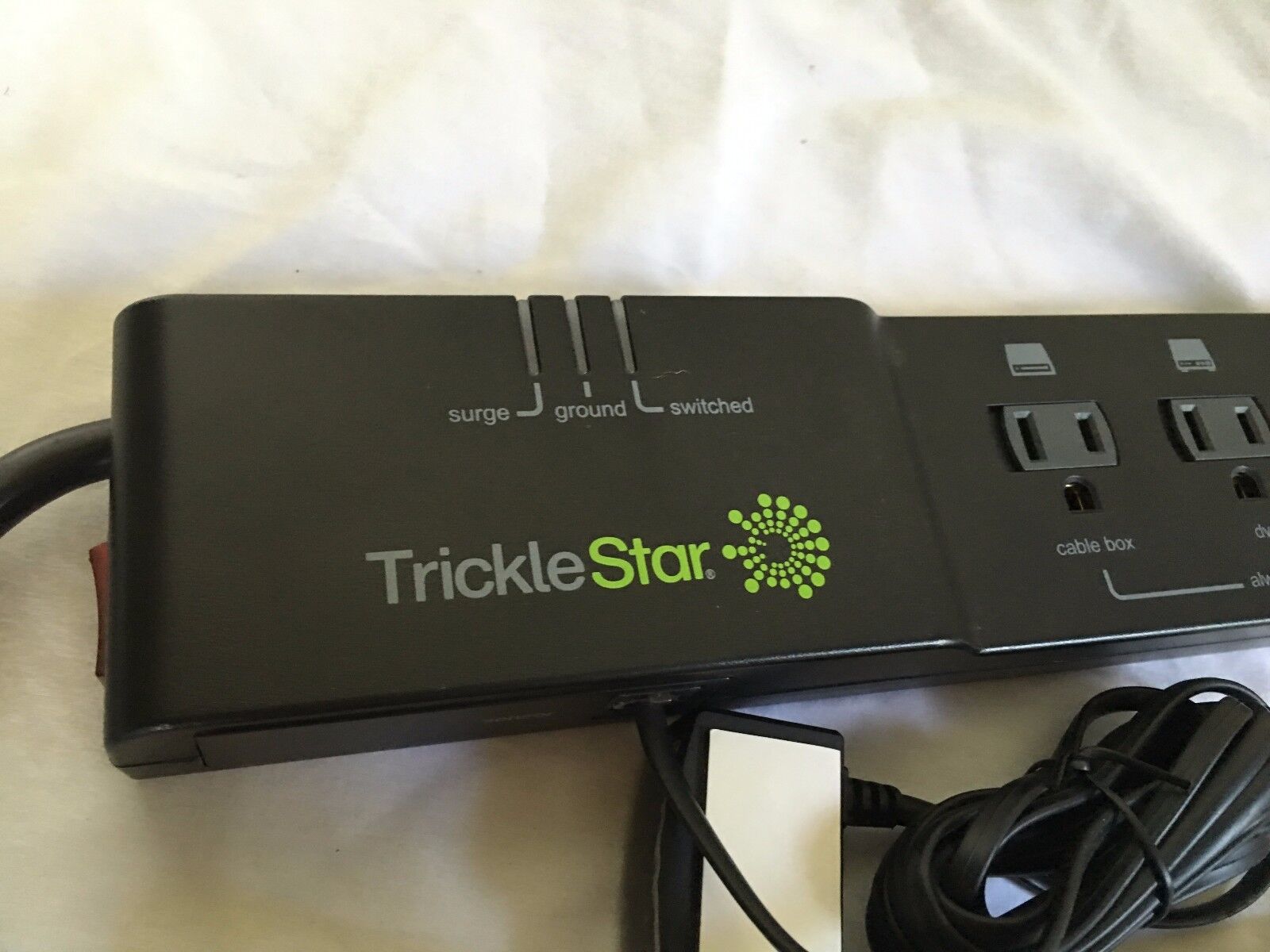
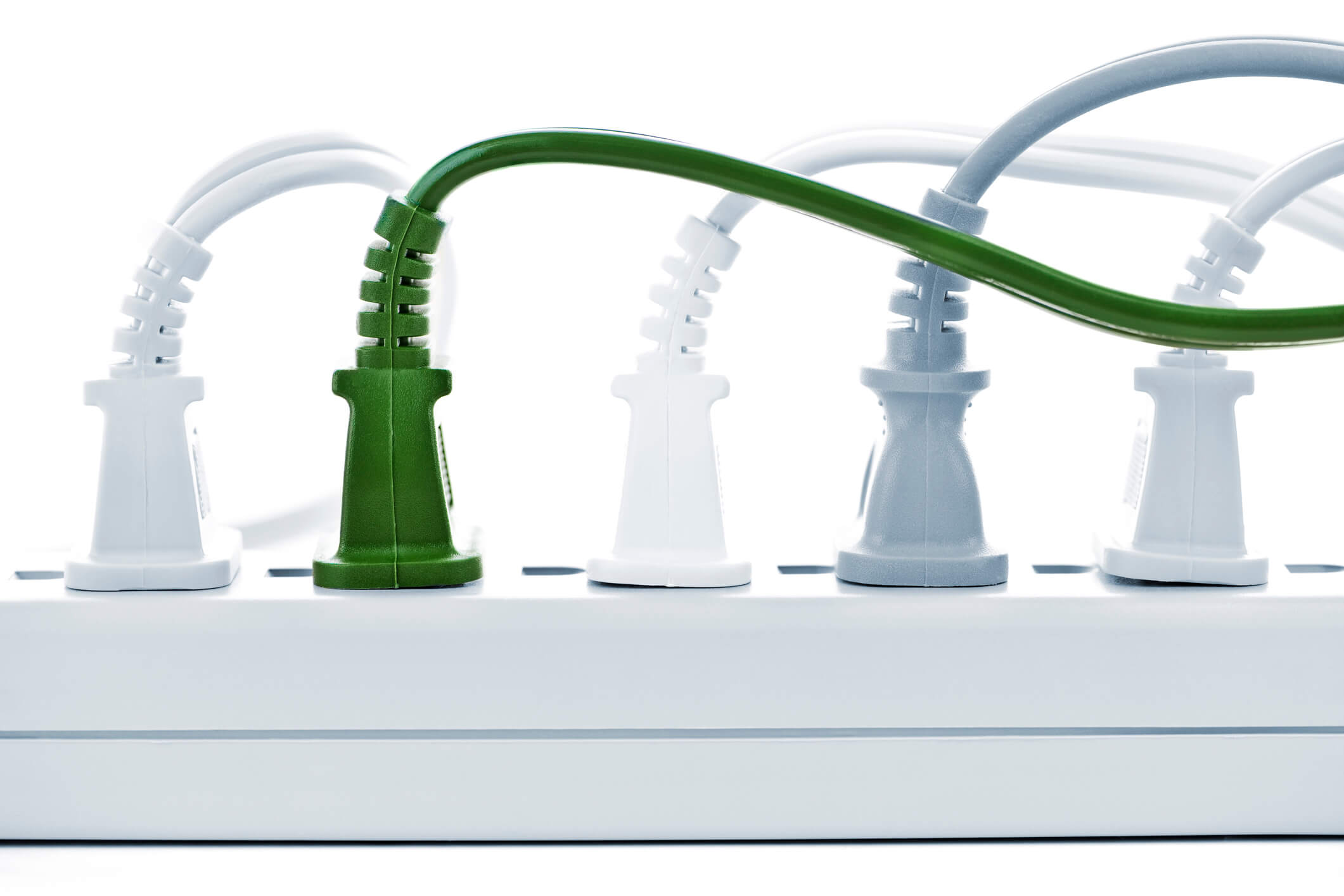
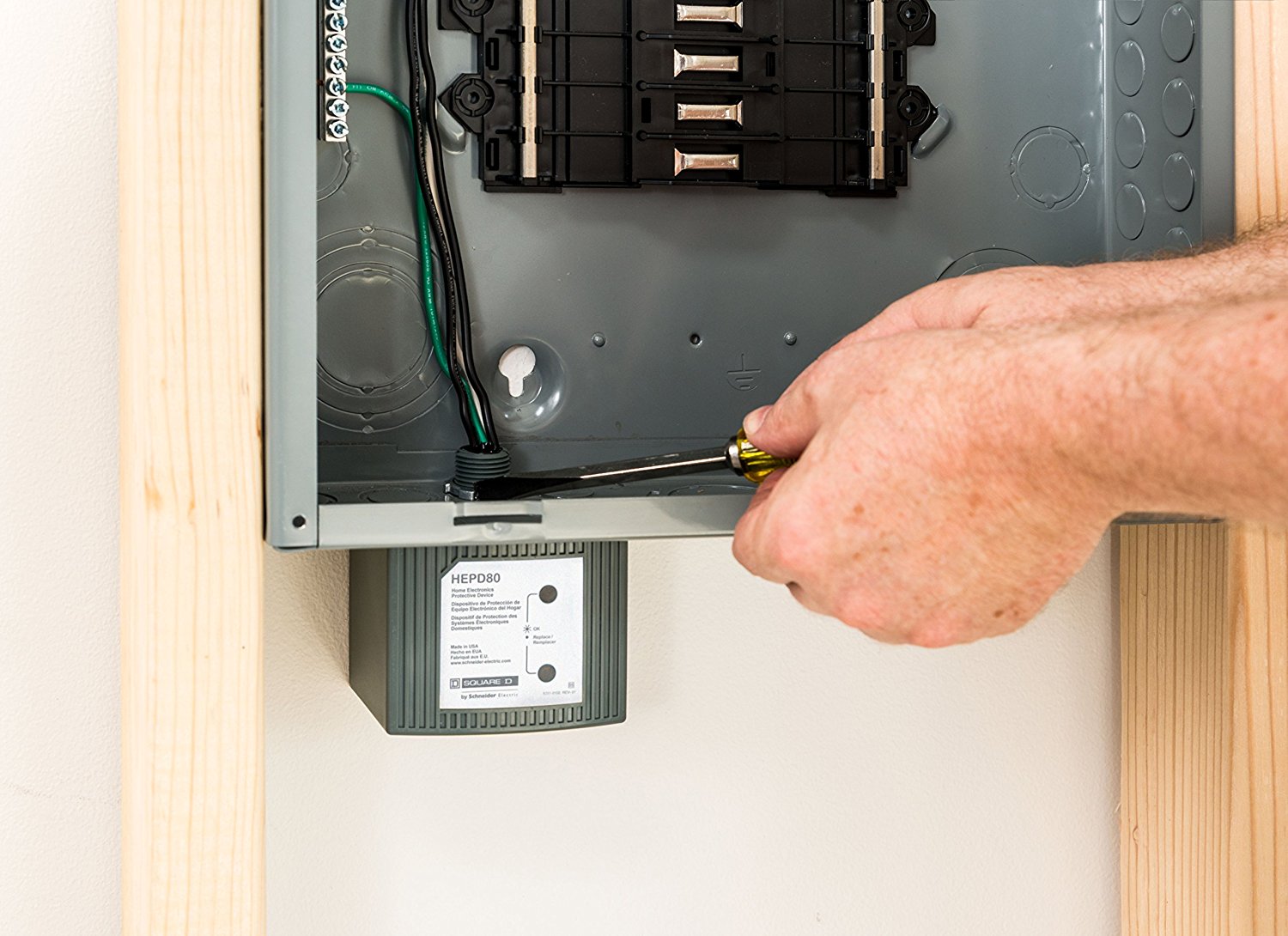
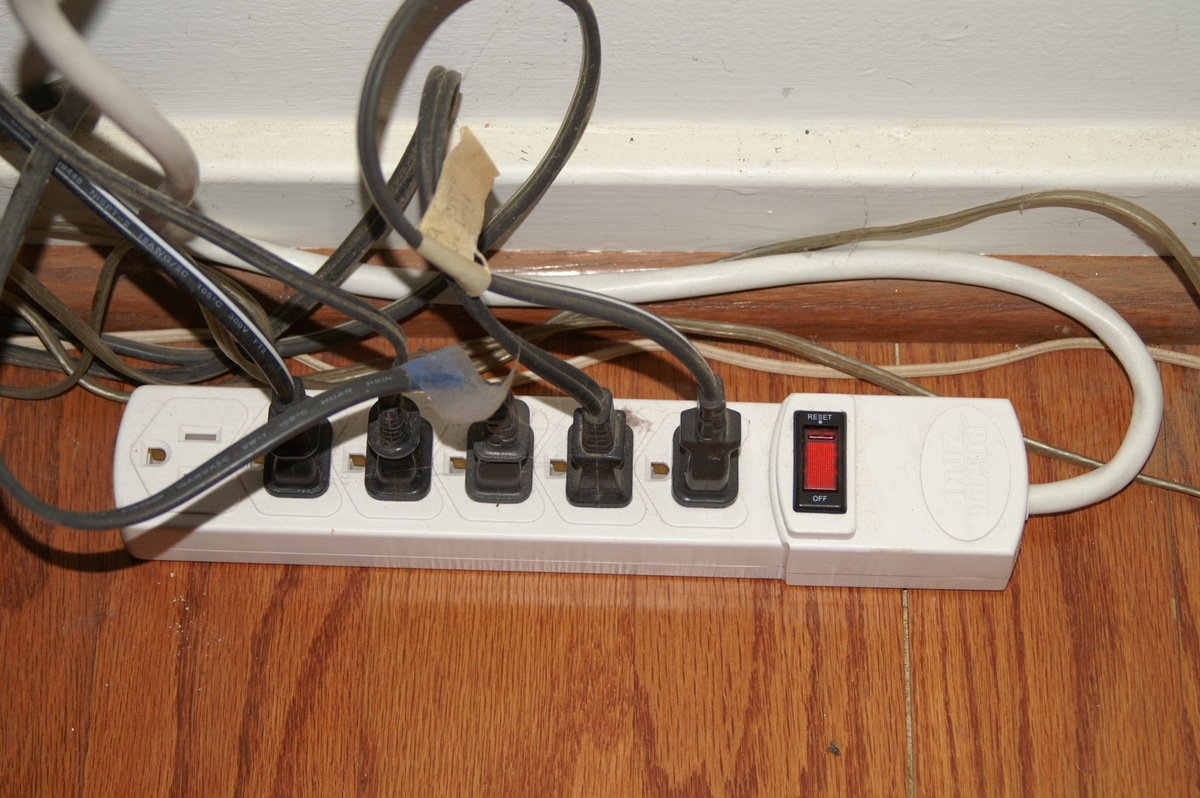
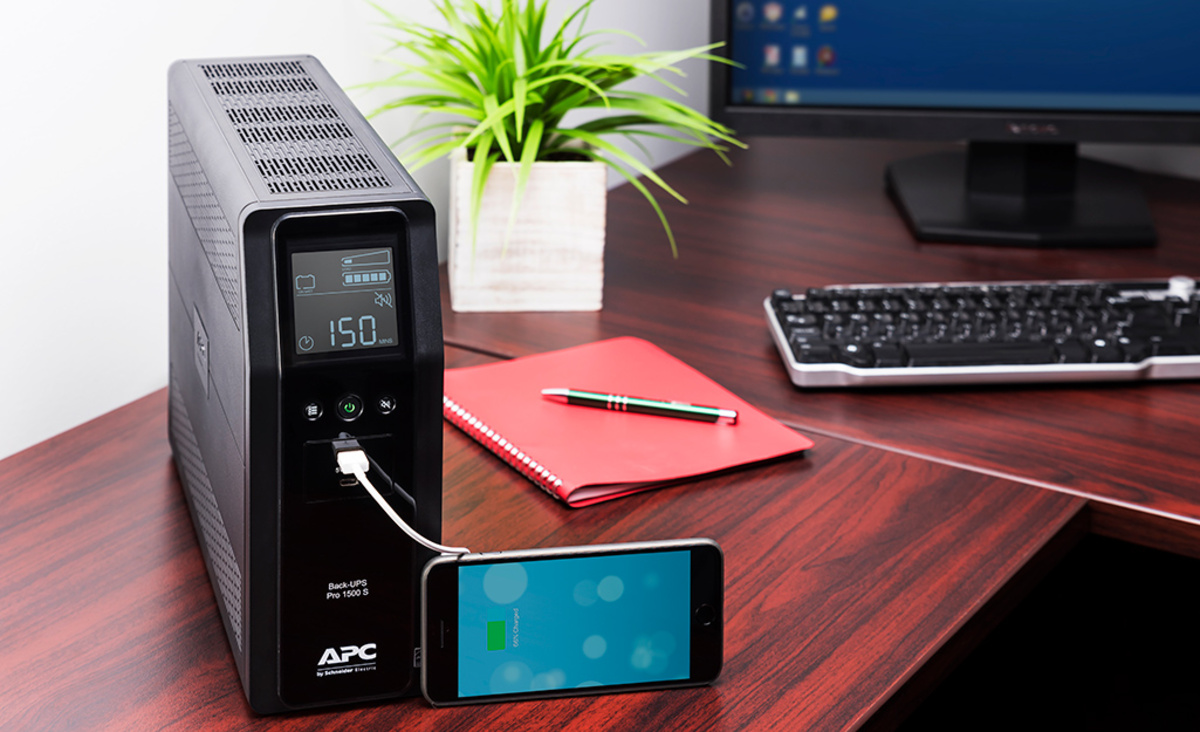
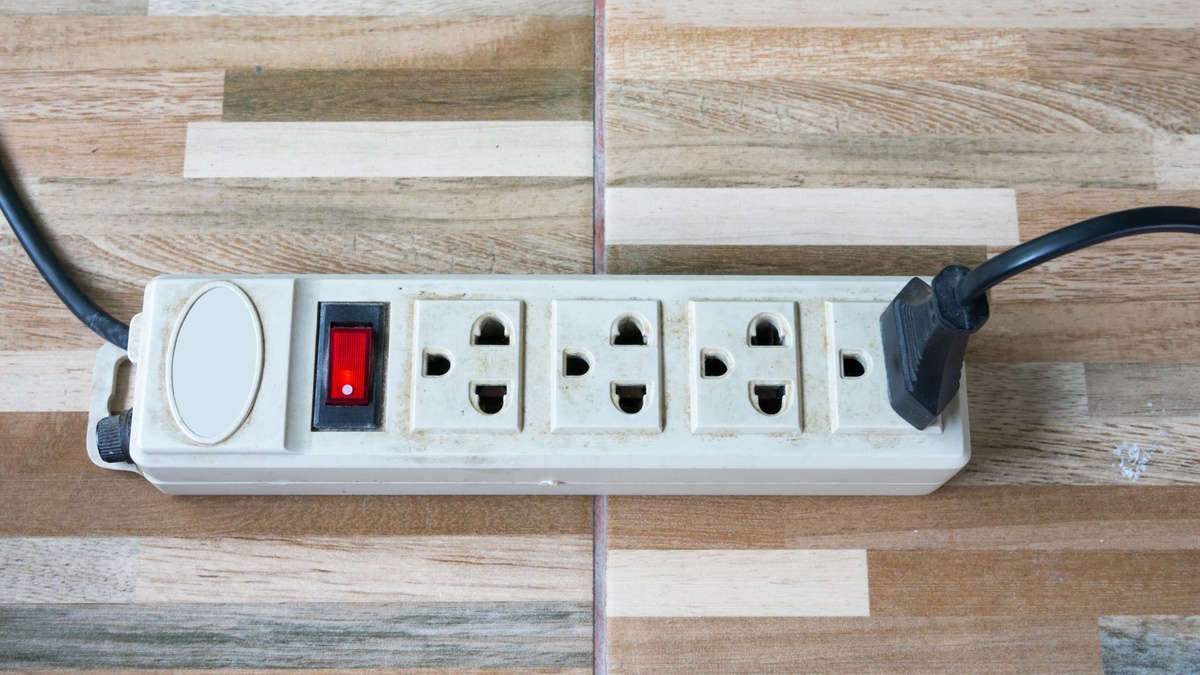
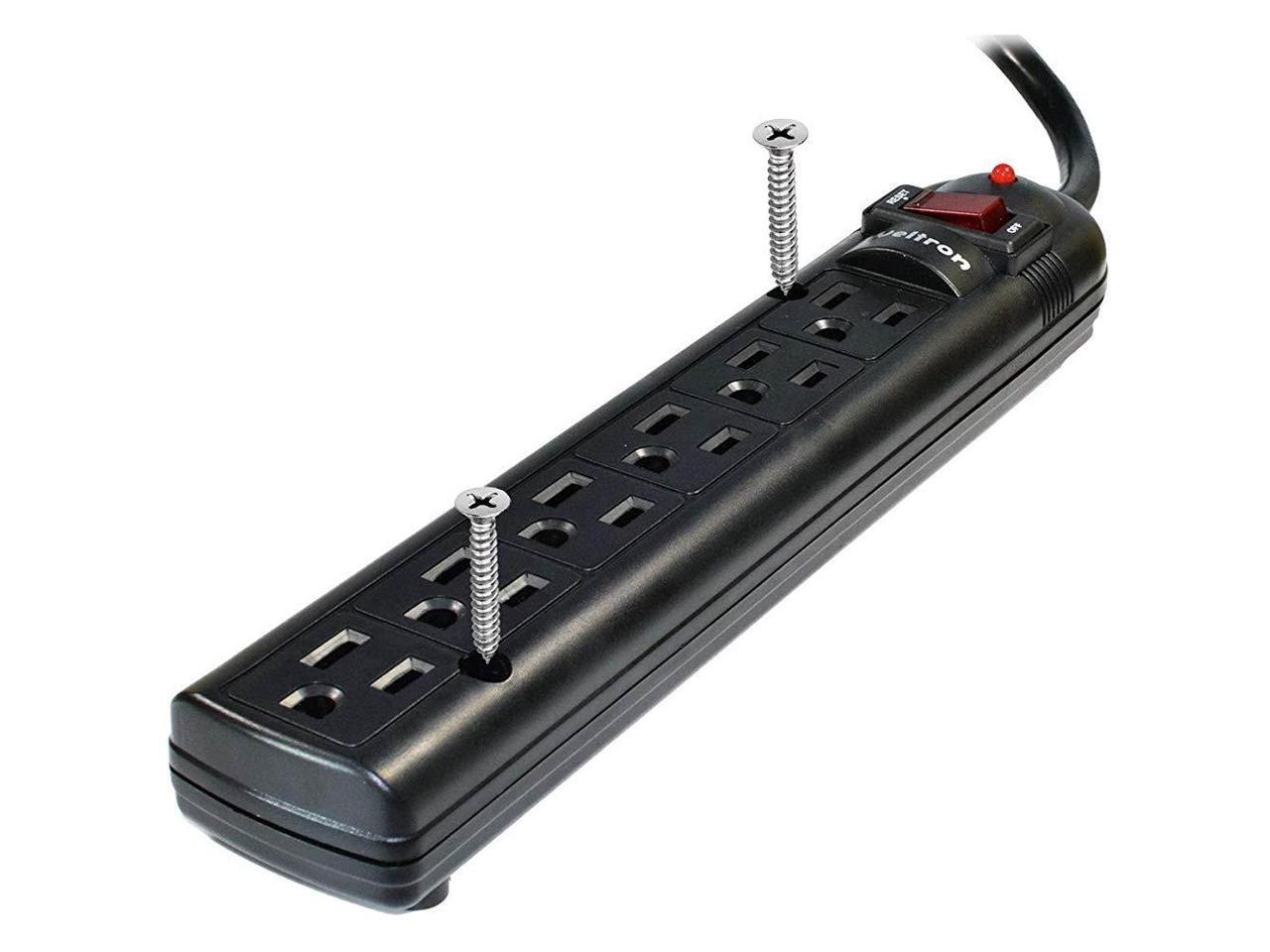
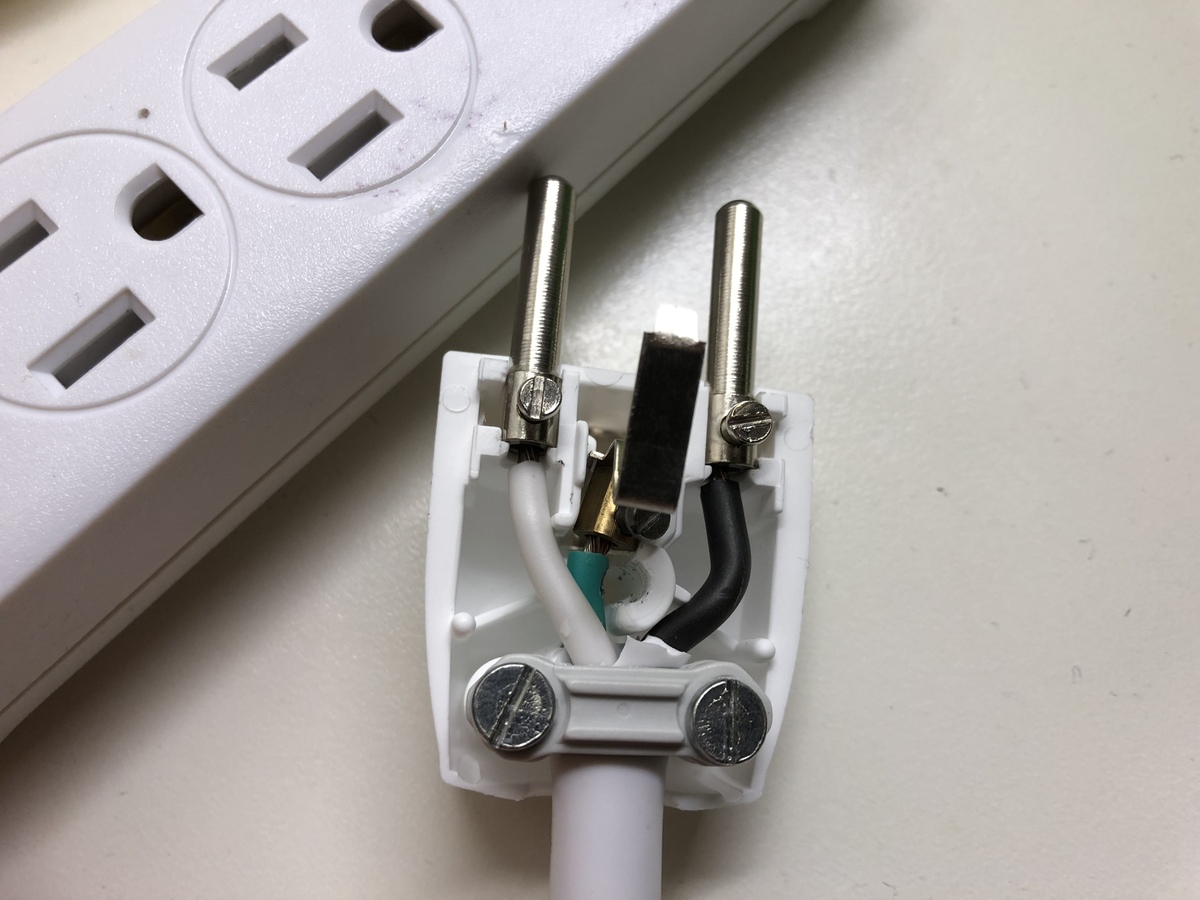

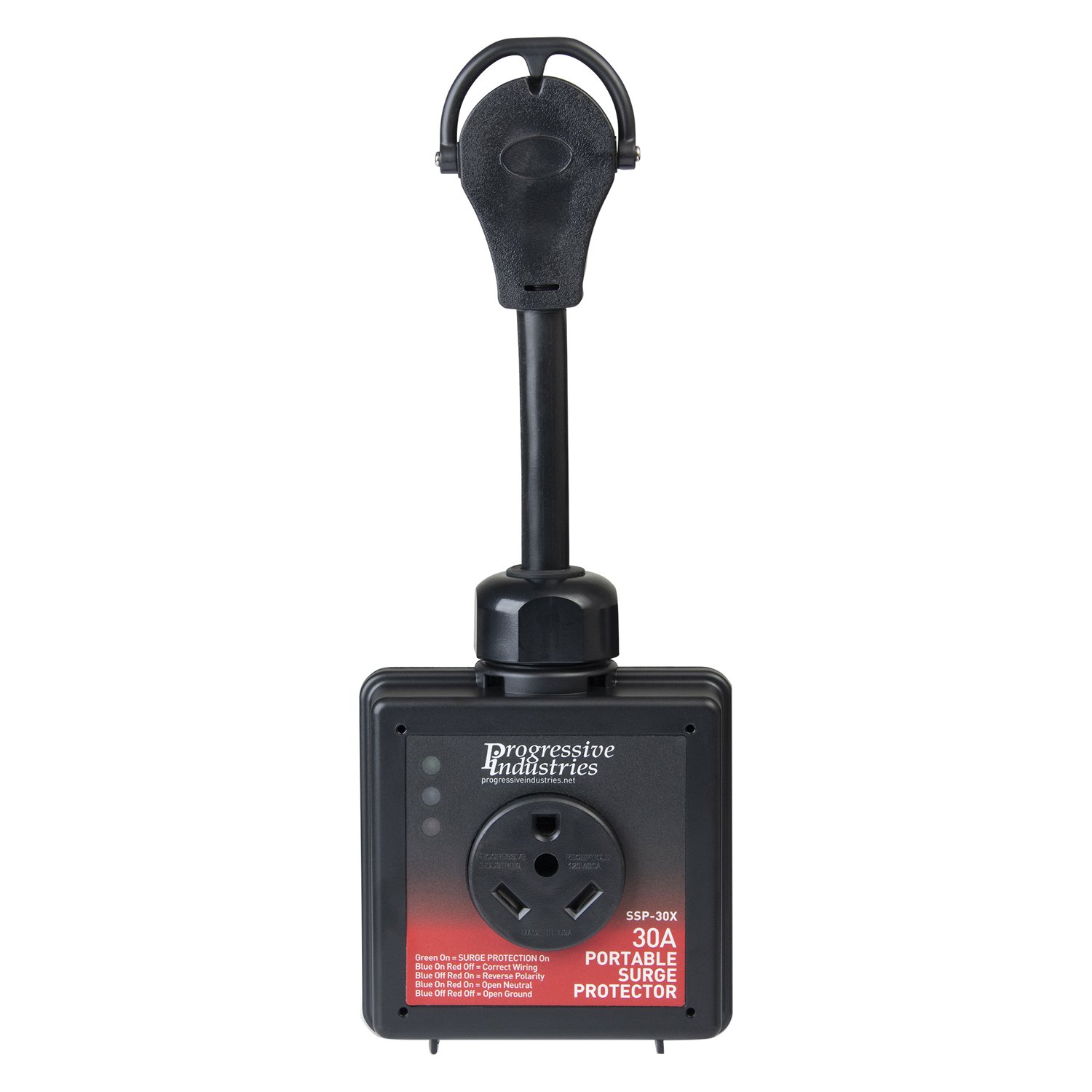

0 thoughts on “How To Know If A Power Strip Is A Surge Protector”